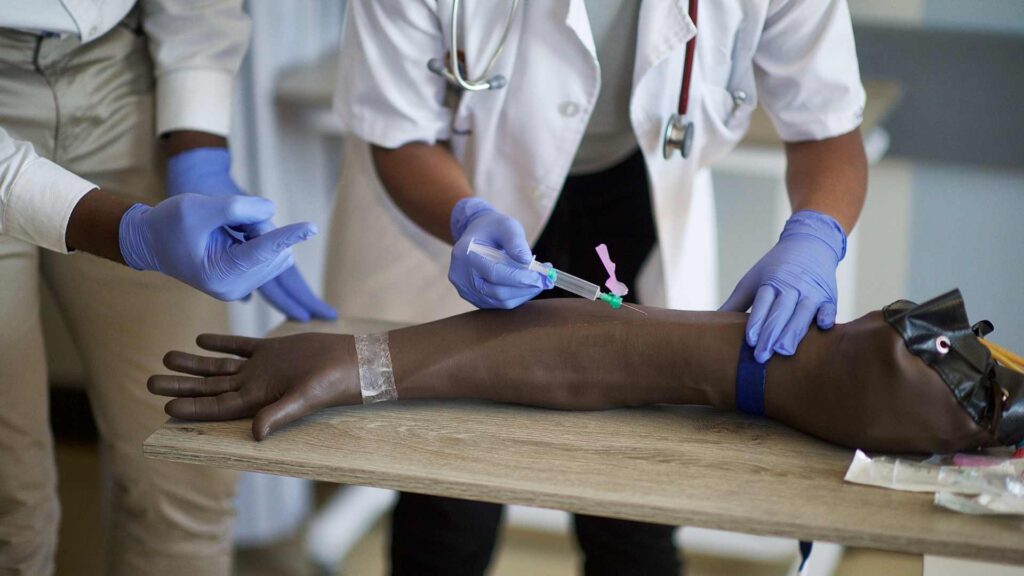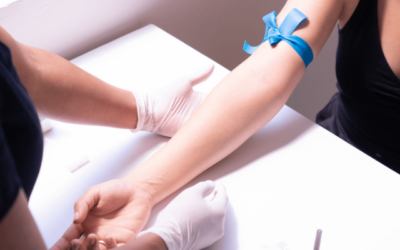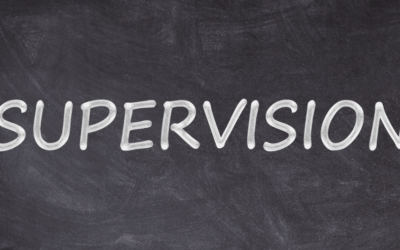With Halloween still on our minds it seems fitting to talk about blood taking. So I thought I would take you through my top 5 phlebotomy tips!
Being able to take blood out of someone and pop it in a little vial is one of the most amazing skills you can have. Blood can tell us so much about someone’s medical status. It is one of the most important diagnostic tools in clinical practice. Also, being able to take blood out of one person and put it into someone else to save their life is just INCREDIBLE!
Blood taking is certainly a skill worth getting right.
I’ve been teaching phlebotomy for a few years now. I often see people on my courses who have been taking blood for years themselves. Most of them only ‘learned on the job’. Often, they end up on my course because, despite (understandable) protests that they are competent, their employer has ‘made them do it’. Yet, frequently, I experience the joy of hearing a really experienced blood taker going “oooohhhhhhh wow I didn’t know that- it will help so much”. So I wish someone had shown me their top 5 phlebotomy tips when started out.
Learning the theory behind phlebotomy makes you a better phlebotomist. Period.
How did I learn blood taking?
The reason I can identify with that eureka moment one gets when they finally learn the rationale for something they have been doing for a long time, is because I was one of these people.
I learned on the job too. My training was akin to someone handing me a needle and saying ‘stick that there (pointing at an eagerly-awaiting arm) and fill these vials’.
Needless to say, I was quite rubbish at the task at first.
Over time, I got more practice in, and eventually I did a proper course. Then the moment of realisation dawned on me that I could have been doing it MUCH better, and ultimately much safer. This is when I developed the skills that would eventually lead to my top 5 phlebotomy tips.
And now, I really enjoy knowing that the people on my courses have a million times better start than I did to this fabulous world of blood-taking.
So what are my top 5 phlebotomy tips?
I can’t give away too many of my special tips and tricks (without giving you an anatomy lesson right here right now). However, I will share with you some really simple tweaks you can make to your practice immediately to make your life easier.
Tip number 1 – Adjust your mindset
Probably the most important of the top 5 phlebotomy tips is to realise that you have more control over someone else’s veins than you think. Don’t ‘pick’ the big veins – MAKE them big. There are so many ways you can do this by making good use of hydration, time, temperature, and anxiety-reducing methods. This is why a large portion of my teaching is devoted purely to anatomy, pastoral care, and clinic environments.
Tip number 2 – Refine and master your tourniquet use
Expert blood taking is essentially just a mixture of plumbing and physics knowledge. Never be afraid to reposition it, tighten it, slacken it as needed. Get used to where the ‘dangly bits’ tend to fall so they are not in your way. On my courses I devote a lot of time to getting this bit JUST right. It always makes a massive difference when you use your tourniquet optimally. A tourniquet is the most important tool in the phlebotomy toolkit in my humble opinion.
Tip number 3 – Don’t underestimate gravity
You and your trusty tourniquet, are working together to slow the blood returning to the heart. This is so you can get a nice pool of blood to stick your needle into. Laying the arm across a desk will cause less resistance against the tourniquet and therefore produce much worse results than angling the arm down. This is one of the reasons why bed-bound people (or the ‘fainters’ who like to lay down for bloods) are notoriously more difficult to locate veins on.
Tip number 4 – ALWAYS check both arms first. BOTH!!
Just get in this habit ASAP. You might find a nice juicy vein on one arm and decide to just go for it. But always check the other arm too – what if there is an EVEN BETTER vein there? What is there is a SAFER vein to go for? Do you routinely aim for the Median Cubital (like you should)? Or do you just stab away at the Basilic vein first just because it’s there (which you shouldn’t)?
Learning the basics of anatomical theory will educate you on which veins are the ones to go for first – and the order you should try them. Even the WHO Guidelines on drawing blood: ‘Best Practices in Phlebotomy‘ doesn’t go into the depth of detail on the anatomical considerations that you get during my phlebotomy courses. Most local policies and guidance also focuses more on the procedure of the blood draw itself rather than anatomy.
Tip number 5 – Know your equipment
And the last of the top 5 phlebotomy tips: The tourniquet is my personal favourite item as you may have gathered. But take time to explore the features of your other equipment. Do you select your needle based on the lumen size AFTER you have palpated for a vein? Are you particular about your ‘order of draw’? Do you know what the stripes and markers are for on your sample tubes? And if you absolutely HAVE to stick an extra label on, how you should position it? Do you know how to prime a butterfly line and which colour discard tube to use? (Are you even aware that you should be doing this?).
So now you know my top 5 phlebotomy tips which type of course should you do?
I was a bit nervous at first about teaching phlebotomy over Zoom when it’s such a practical skill. People in general are skeptical when I mention it to them.
However, quite simply, without the theory you will never be as good at taking blood as you could be. So, going virtual has not actually made a scrap of difference to the quality of the phlebotomy course. Plus, having more time to focus on theory alone seems to have enriched the process, not reduced it.
BUT, next year (and a little bit of the end of this year) I am returning to the classroom. I absolutely can’t wait to get my fake arm out and wave it about on the train like the good old pre-pandemic days.

I’m not giving up my Zoom teaching though.
Knowing your stuff about blood taking theory is vitally important. It doesn’t matter whether you learn it in front of a teacher who has her PJ bottoms on beneath the computer screen, OR is physically in front of you (covered in fake blood in a classroom having just freaked out a LOT of people on a train).
Health Academy appreciate that everyone has different learning styles. So, there are three options for you to choose from when deciding which phlebotomy course to go for:
- Virtual training (via Zoom)
- Fully online (e-learning)
- Blended approach (including a practical workshop)
All three are awesome. They will give you a great start to practicing one of the most important skills in clinical practice. You will also learn the background to my top 5 phlebotomy tips.
Come and join me on a course, it will be fun! And I can guarantee you that even if you have been doing it for years, there might just be something in there that you didn’t realise before….
I wonder what your top 5 tips for phlebotomy will be afterwards?





